Brief Background
Lavasseur entered history as a pirate in 1716, when he joined the pirate captain Benjamin Hornigold. Around this year Olivier Le Vasseur, called “La Buse” sailed as a pirate in the Caribbean.
Due to the intensified pirate hunt in the Caribbean, Levasseur then sailed towards Africa, where he finally arrived in the Indian Ocean via the Gulf of Guinea. It is only from this time on that the voyage of the pirate captain La Buse becomes interesting for us from the point of view of the lost gold treasure.
The history and exploits of Olivier Levasseur are in many cases unclear, and no historian has been able to point out the pirate’s course with certainty as well. In that sense, the precise and absolutely date-faithful prehistory is only conditionally relevant. We are interested in the history or the ship route of the pirate La Buse mainly for the reason to know which islands he knew well and where he had already anchored. Basically, these are all potential places where he could have returned in the further course of the story to hide the treasure of millions.
Arrival in the Indian Ocean
Island of Mayotte, July-25-1720
 According to Johnson, La Buse reappeared in Mayotte around 1720. Dressen (2019, appendix page xii, Ventura Verlag) lists the date July 25, 1720. Here, Captain La Buse is said to have run aground with his ship, the Indian Queen, off the island of Mayotte and thus suffered shipwreck.
According to Johnson, La Buse reappeared in Mayotte around 1720. Dressen (2019, appendix page xii, Ventura Verlag) lists the date July 25, 1720. Here, Captain La Buse is said to have run aground with his ship, the Indian Queen, off the island of Mayotte and thus suffered shipwreck.
The English pirate Taylor, in possession of a second ship, offered to join him (http://ybphoto.free.fr/piste_la_buse_yb_1.html).
Mascarenes, Mauritius, Summer/Autum 1720
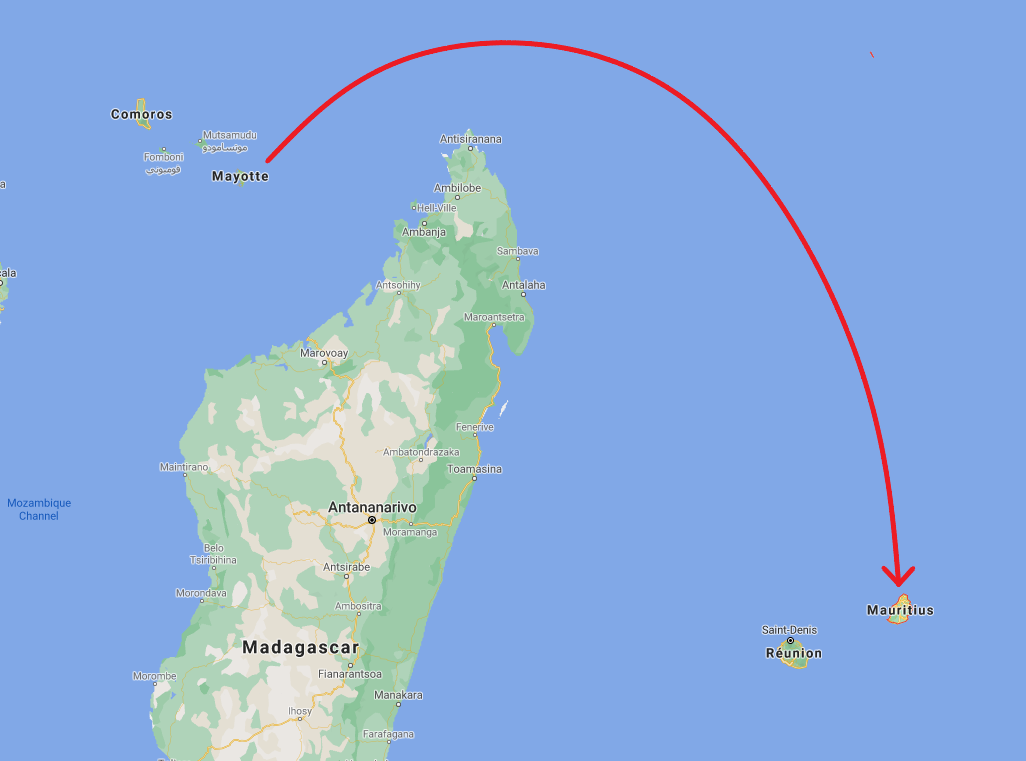
Back at the Mascarenes (Isle group around La Réunion and Mauritius), Taylor and La Buse are said to have decided to abandon Captain Edward England, with whom they had fallen out, on Mauritius (formerly: L’isle de France). (https://de.wikipedia.org/wiki/La_Buse)
“Levasseur and Taylor eventually got tired of England’s humanity and marooned him on the island of Mauritius”
(https://en.wikipedia.org/wiki/Olivier_Levasseur)
“Lavasseur’s plundering made its way to Madagascar where he teamed up with pirates John Taylor, Jasper Seagar, and Edward England. Eventually, the gang would grow tired of Edward England’s outbursts of humanity (sparing a captain’s life after taking over his ship), and so they left him marooned on the island of Mauritius”
(http://www.the13thfloor.tv/2017/07/07/can-you-solve-the-deadly-300-year-old-cryptogram-of-pirate-olivier-lavasseur/)
Sainte-Marie Island, Summer/Autum 1720
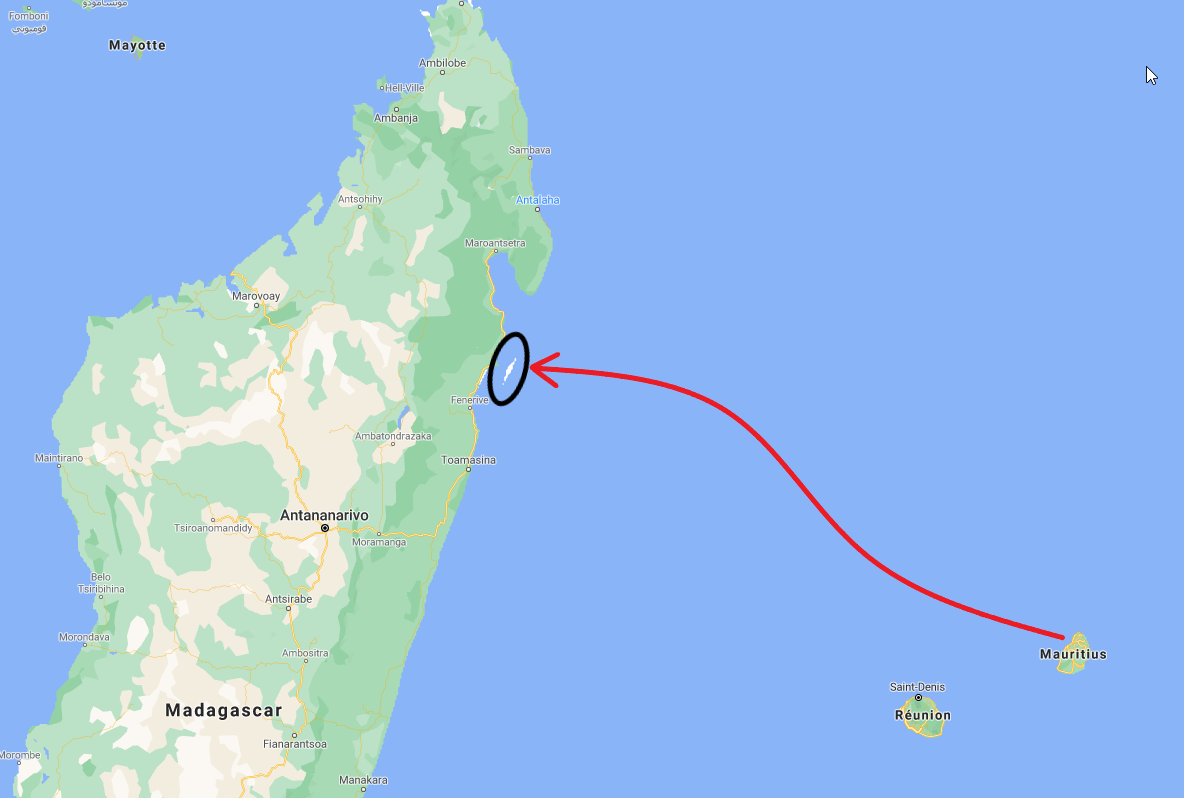
According to Dressen (2019, Appendix page xiv, Ventura Publishing), the two ships with captains La Buse and Taylor sailed on to Sainte Marie island (formerly: Nossi Ibrahim or Nosy Bohara. Today also known as St. Mary’s island or Île Sainte-Marie). According to various sources, Sainte Marie served as a base and pirate hideout for La Buse. (http://www.the13thfloor.tv/2017/07/07/can-you-solve-the-deadly-300-year-old-cryptogram-of-pirate-olivier-lavasseur/)
“Since then, Olivier Levasseur has acquired two well-deserved attributes of the sea wolf: a permanent base on the island of Sainte-Marie (now Nosy Buraha, refers to the territory of Madagascar), where the rapidly growing treasury was brought, and the nickname the buzzard.” (https://areal-tur.ru/en/italiya/klady-olive-levass-ra-poslednyaya-shutka-pirata-olive-levass-r—francuzskii.html)
“La Buse frequented the waters of Madagascar, Mauritius, Seychelles, the Mozambique Channel, and Réunion Island. When he wasn’t hunting the seas, he holed up on Île Sainte Marie.” (https://www.wanderabout.me/index.php/pirate-la-buse-reunion-island/)
Mascarenes, La Reunion Island, Winter 1720

Now they made their way again to the archipelago of the Mascarenes, more precisely to the island of La Réunion (formerly: Isle of Bourbon or Mascarine Island. Today also called Reunion Island). (http://ybphoto.free.fr/piste_la_buse_yb_1.html)
Dressen (2019, appendix page xiv, Ventura Verlag) mentions the period around the end of the year 1720 for this.
In general, very little is known about the first approach to La Reunion of the pirate La Buse.
We are trying to find out more information about the port, the bay and the anchorage.
Additional info: Pirates do not settle in Bourbon, but make frequent stops. The colonists do not complain about it: They gladly trade with them and bypass society. The local authorities are discouraged in the fight against piracy and decide to offer amnesty to any repentant pirate who settles in Bourbon. (http://www.ticaz.com/article.php?art=548)
Unclear journey:
Maldives, Winter 1720
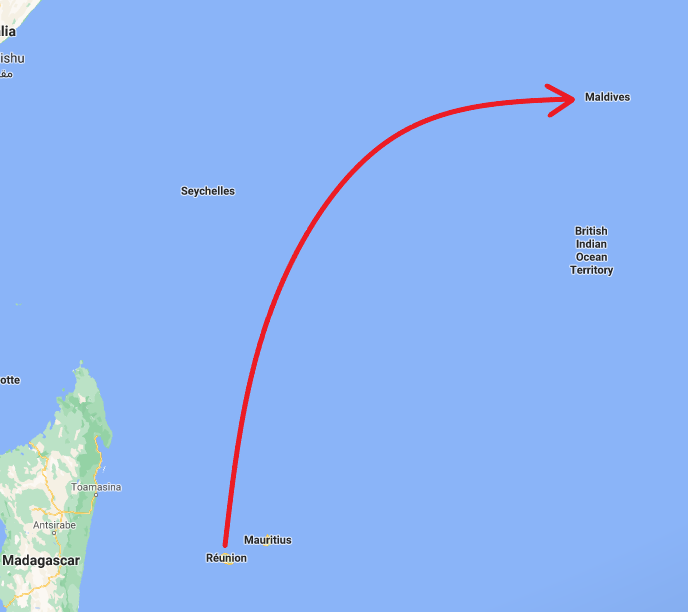
Dressen (2019, appendix page xiv, Ventura Publishing): Maldives.
Lakkadives, Winter 1720
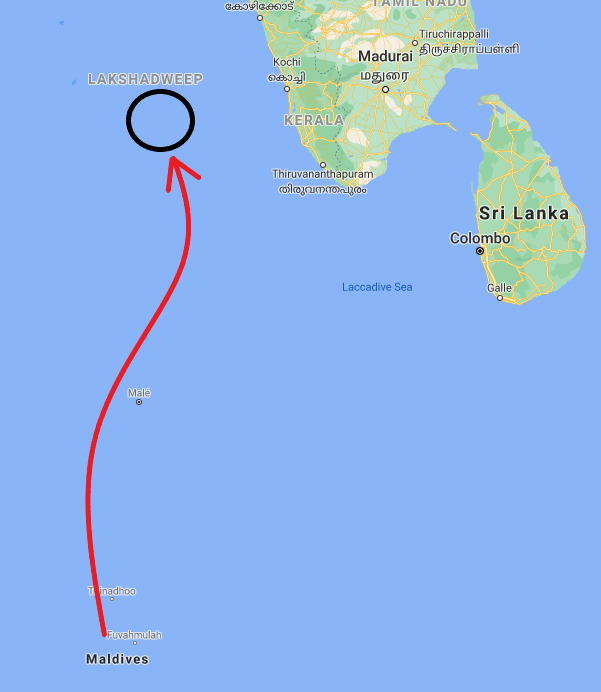
Dressen (2019, appendix page xiv, Ventura Publishing): Lakkadives. Here, however, the year 1720 is still given on (http://ybphoto.free.fr/piste_la_buse_yb_1.html section 7)
Cochin Coast, Winter 1720

Dressen (2019, appendix page xiv, Ventura Publishing): Cochin on the Malabar Coast.
Seychelles, Winter 1720
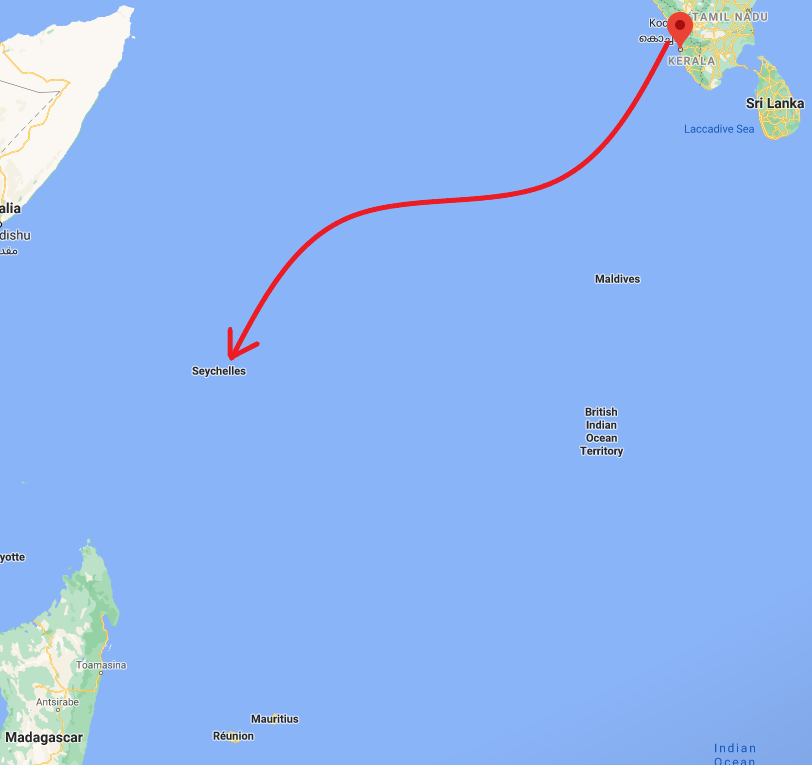
We consider that La Buse sailed with his pirate ship from the Cochin coast via the Seychelles towards Mauritius.
Mauritius, January 1721
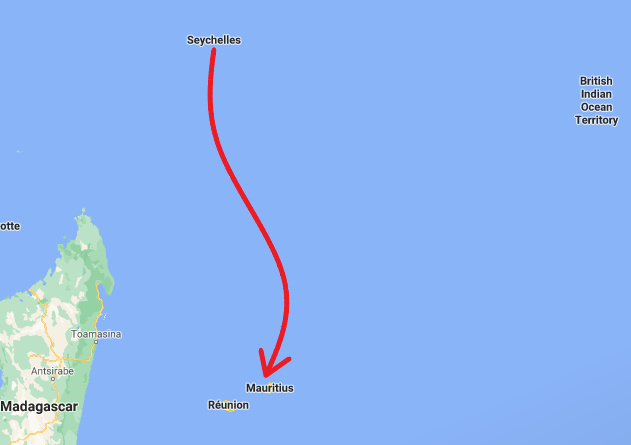
Dressen (2019, appendix page xiv, Ventura Publishing): Mauritius
La Reunion (2nd time), February 1721
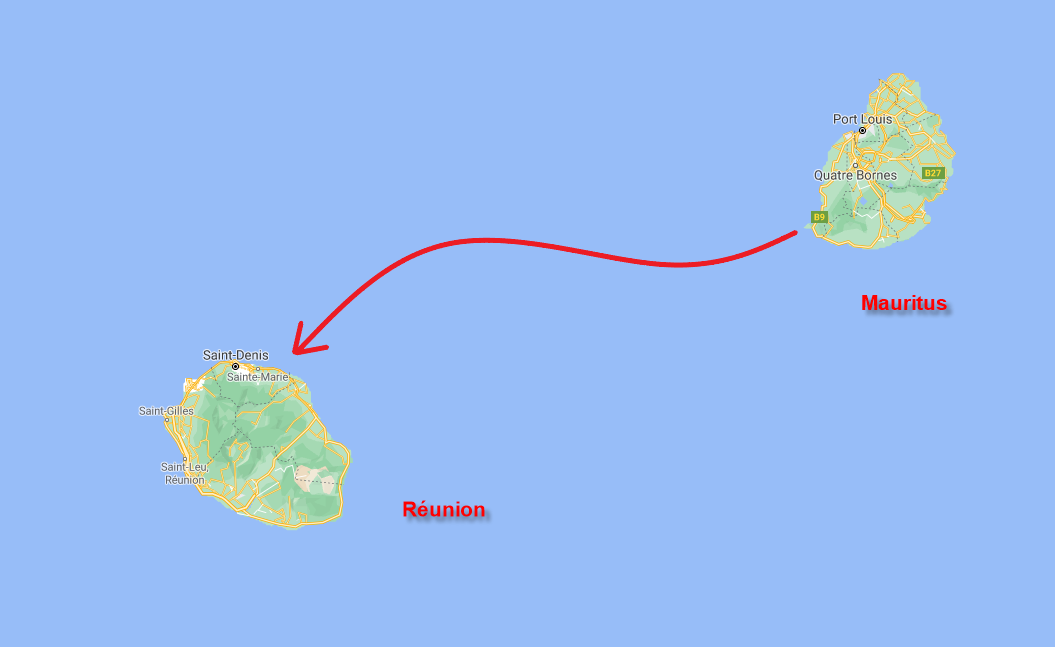
Dressen (2019, Appendix page xv, Ventura Publishing): Reunion Island (formerly called Isle of Bourbon or Mascarine Island. Today also called Reunion Island). More specifically, in the bay of Saint-Denis.
The authors on (http://ybphoto.free.fr/piste_la_buse_yb_1.html section 9) list here again February 1721.
However, as already mentioned, in this part of the history of La Buse we are mainly interested in the islands, bays and harbors visited, not the exact
date.
April 1721
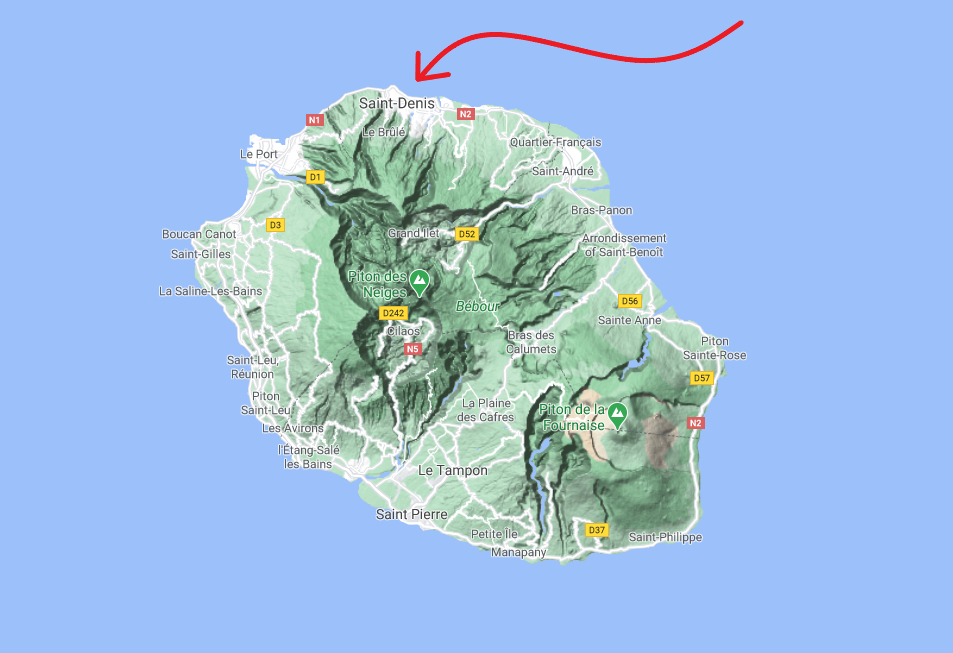
As of this date, Johnson’s accounts correspond to the historical records of various European archives. (https://de.wikipedia.org/wiki/La_Buse)
Nossa Senhora do Cabo e São Pedro
On April 8, 1721, the two pirate ships under the command of Captain “La Buse” and Captain Taylorn arrive in the port of Saint-Denis, where they discover a ship under repair, the “Nossa Senhora do Cabo” (Our Lady of the Cape) also known as the Virgem Do Cabo (The Virgin of the Cape). This flagship of the Portuguese fleet of Goa, weighing over 800 tons and with an awe-inspiring 72 guns on two decks, had been damaged by storms during the passage from India to Portugal.
The ship was loaded with almost ten years of accumulated treasures belonging to the Bishop of Goa and the Viceroy of Portugal.
In contrast to the heavy armament of the Nossa Senhora do Cabo, Levasseur had only 26 cannons aboard his ship and Taylor had even fewer cannons on his ship. Now, however, it lay very badly damaged and almost unable to maneuver in the port of Saint-Denis on Reunion Island. Moreover, most of the crew is ashore and many of the cannons are not in position to fire.
The two pirate ships raise the black flag and attack the “Nossa Senhora do Cabo”. After a fierce battle, the crew of the “Nossa Senhora do Cabo” surrenders.
[http://www.francoisegomarin.fr/2012/12/05/hommes-celebres-de-la-reunion-10-la-buse/]
| 1721-04-26 Saint Denis, Reunion |
Nossa Senhora do Cabo was taken by pirates 88
La Buse (Le Victorieux, 36 guns, 200 men) and Seagar (Fancy, 38 guns, 280 men) takes …
[http://www.historylogbook.org/index.php/show-item?Itemid=126&option=com_content&view=article&id=26&itemId=26]
|

The pirates are amazed by the precious treasure. The cargo of this ship consisted of a large cargo of diamonds, jewelry, gold and silver bars as well as pearls, fine fabrics, spices, furniture and precious stones including the Golden Cross of Goa, which is said to have weighed more than a hundred kilograms, so that three men were needed to reload it. [https://de.wikipedia.org/wiki/La_Buse]
Today, historians estimate the value of the cargo at up to 5 billion euros.
Port of Saint-Paul, Ostend, Reunion, April 1721
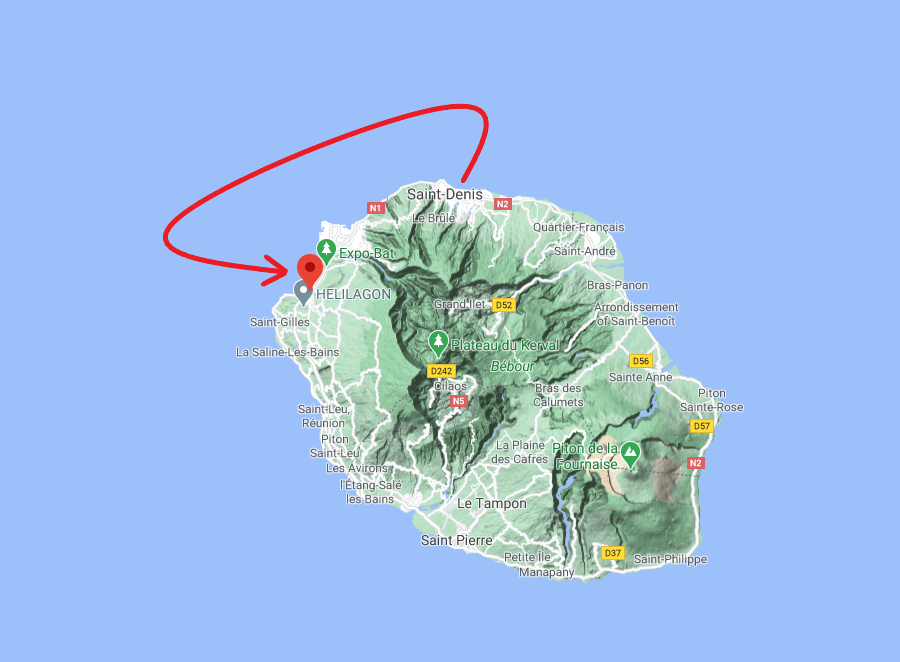
At the end of the day on April 30, 1721, the Victorious and the Cassandra attacked and captured the city of Ostend in the port of Saint-Paul. After this new capture, they set off for the island of Sainte Marie in Madagascar. [http://www.mi-aime-a-ou.com/histoire_annee_1721.php]
Madagascar, April 1721
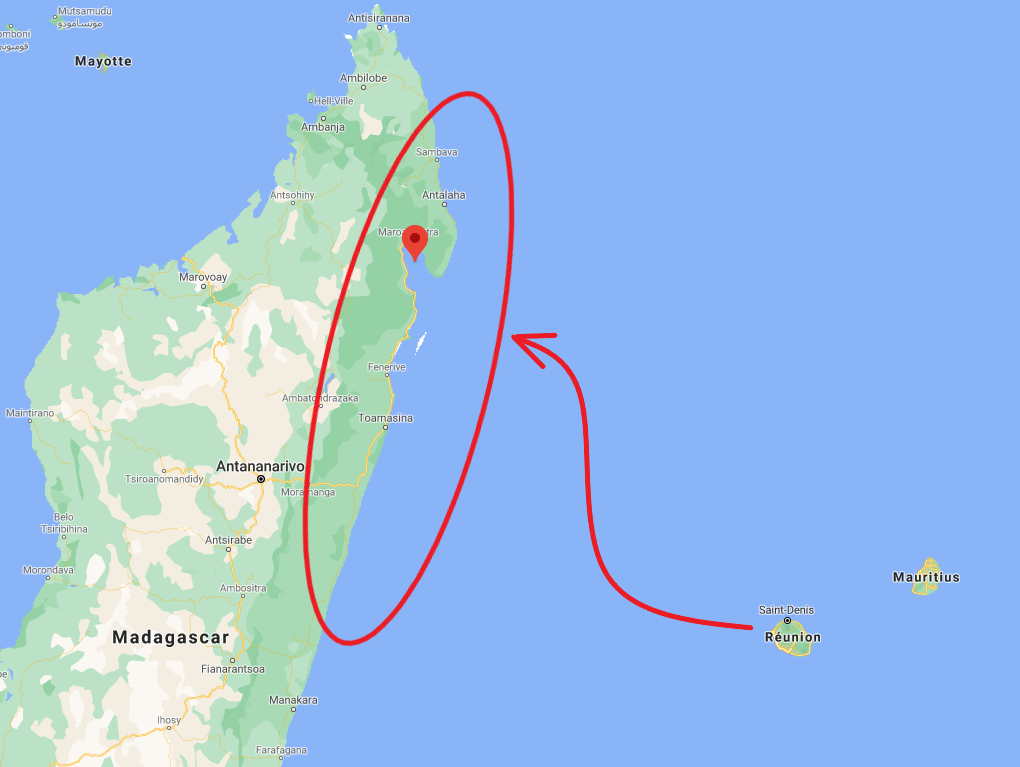
When the loot was divided, each pirate received at least 50,000 golden Guineas, as well as 42 diamonds each. Seagar died when they sailed to Madagascar to divide their take; Levasseur and Taylor split the remaining gold, silver, and other objects, with Levasseur taking the golden cross. [http://brethrencoast.com/pirate/Olivier_Levasseur.html]
Sainte-Marie Island, around summer 1721
At that time, part of the crew settled on Ile Sainte Marie.[http://brethrencoast.com/pirate/Olivier_Levasseur.html]
Fort Lagoa (Baía da Lagoa, Maputo Bay, Mozambique), 1722

Taylor and Levasseur sailed on and robbed the ship “Duchesse de Noaelles” and then plundered the Dutch garrison at Fort Lagoa in 1722. [http://brethrencoast.com/pirate/Olivier_Levasseur.html]
| 1721-12-30 |
Duchess de Noailles was captured by pirates 10
Duchess de Noailles was captured and burned by La Buse and Taylor, while she was
|
Madagascar, 1722
La Buse and his men retreat to Antongil Bay on the east coast of Madagascar not far from Sainte Marie. Taylor prefers to sail aboard the Cassandra towards Porto Bello (Panama), where a promise of amnesty awaits him. [http://www.mi-aime-a-ou.com/la_buse.php]
After returning to Madagascar, the two pirate crews parted ways and Taylor later accepted a Spanish pardon and commision. Taylor headed for the West Indies, arriving there in 1723. [https://en.wikipedia.org/wiki/John_Taylor_(pirate)]
| 1722-09-24 Mahajanga |
The pirates left Bombetoke 39 40 (Bombetoka Bay, Madagascar)
The pirates left Bombetoke. The Dutch settlers were marooned. 22 men were left on Ma…
[http://www.historylogbook.org/index.php/show-item?Itemid=126&option=com_content&view=article&id=26&itemId=26]
|
Sainte-Marie Island, around ~1723
“In 1724, making the most of the charter of clemency offered to freebooters by the king of France, La Buse decided to retire to Île Sainte-Marie. No more piracy! But he refused to give back his treasure, a precondition of the royal amnesty.” (https://escales.ponant.com/en/pirate-la-buse-2/)
Seychelles Archipelago, 1724
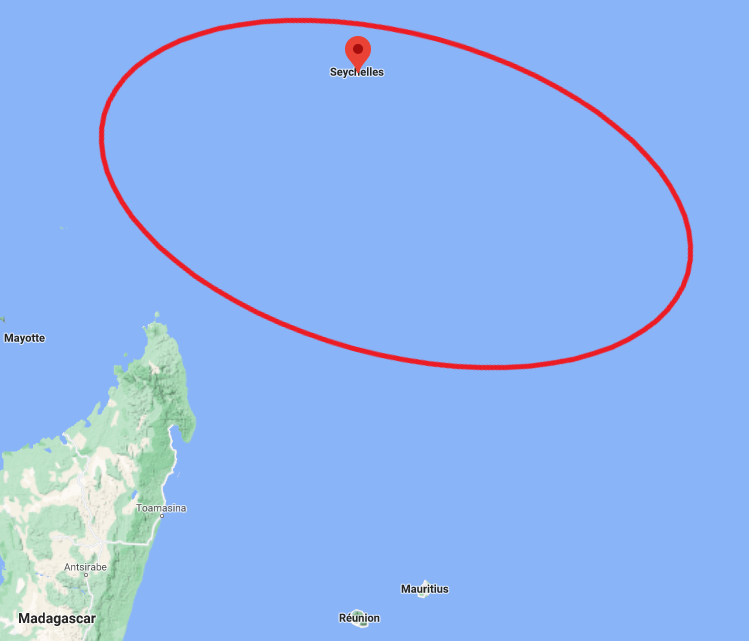
In 1724, Levasseur/La-Buse sent a negotiator to the governor on Bourbon Island (Reunion Island) to discuss an amnesty offered to all pirates in the Indian Ocean who would give up their pirate activities. However, Levasseur decided to refuse the amnesty and secretly settled in the Seychelles archipelago. [https://en.wikipedia.org/wiki/Olivier_Levasseur]
Madagascar, ~1729/1730
Around 1729, being a pilot in the Antongil (Madagascar) bay, he offered his services to The Medusa vessel of the Indies Company that wanted to come into the harbor.
The Hermitte’s Captain, the ship commander, recognized him, and remembering that the pirate had many times boarded ships from his company, arrested him. [http://www.pirates-privateers.com/olivier-levasseur-la-buse.htm]
Eventually he was captured near Fort Dauphin, Madagascar. The French authorities then took him to Saint-Denis, Réunion and hanged him for piracy at 5 p.m. on 7 July 1730.
Shortly before, it is said that La Buse opened a locket around his neck and threw a piece of paper inside into the crowd. “Mes trésors à qui saura comprendre!” (“my treasure to the one who understands”).
| 1730-07-07 Saint Denis, Reunion |
Oliver Levasseur died 81
La Buse was hanged at Saint Denis on Reunion
|
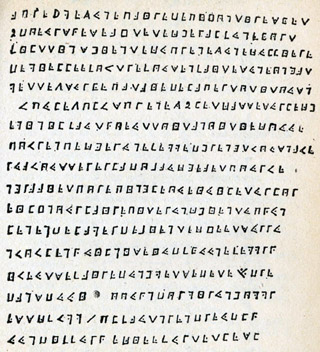
So the pirate captain Olivier Levasseur alias La Buse was hanged, the cryptogram was thrown into the crowd and the hidden treasure was offered to the people by a cryptogram
Who picked up the secret message?
No one could really say, but for more than two centuries the Indian Ocean from the Seychelles Islands to the tip of Madagascar has been the center of relentless search and rich in sealed documents, riddles and engraved signs, all of which, according to legend, have to do with La Buse’s immensely valuable gold and diamond treasure.
…
…
…
other island 1
other island 2
…